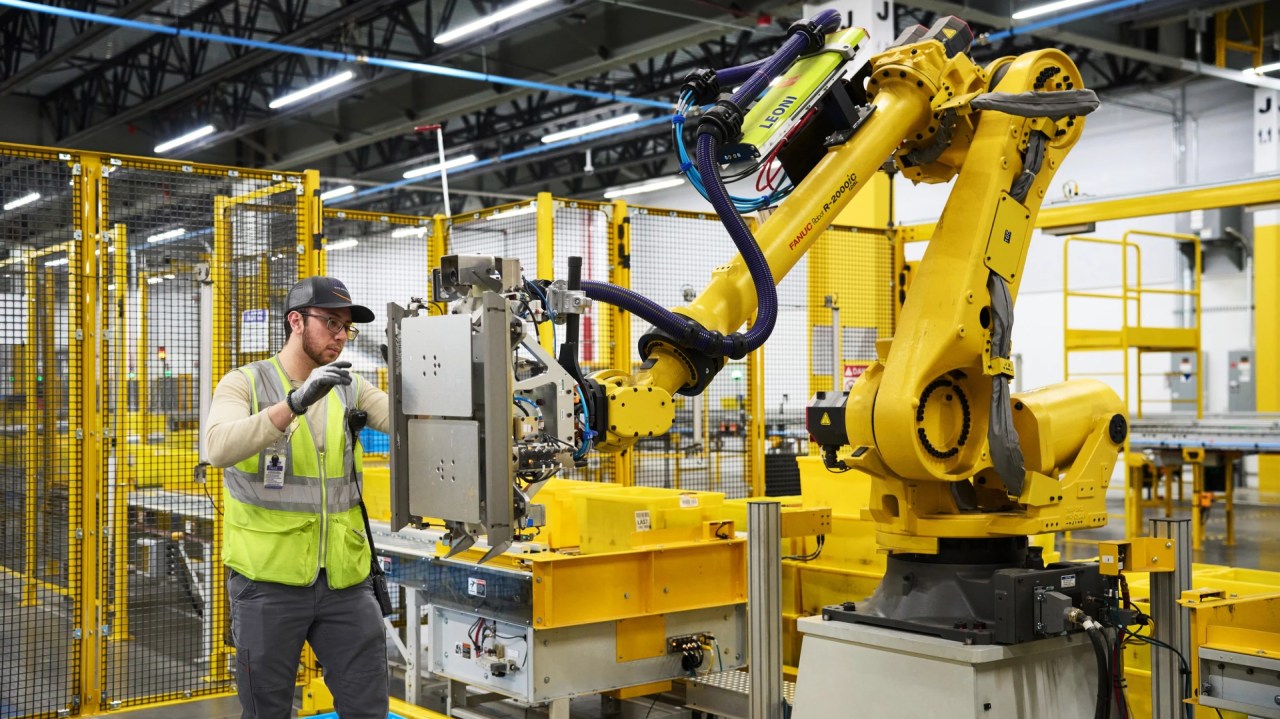Automation and artificial intelligence (AI) are rapidly reshaping countless industries globally, and the conversation around their influence on jobs is becoming increasingly pressing. With varied opinions surrounding the effects of robotics on employment, one thing remains clear the integration of robots into our workplaces will significantly alter how we do our jobs. This is the essence of the ambitious new collaboration between Amazon and the Massachusetts Institute of Technology (MIT), focusing on understanding how robotics will affect human work in the near future.
Setting the Stage: A Partnership Formed
Amazon has been a prominent player in the robotics realm, deploying thousands of robots in its fulfillment centers over the last decade. Recognizing the necessity to study the implications of these advanced systems not just for their operations, but for the workforce at large, Amazon has teamed up with MIT and the Ipsos research firm. The goal? To delve into how automation influences the dynamic between human workers and machines.
The Balancing Act: Job Creation vs. Job Displacement
- Automation’s Promise: Advocates suggest that robots will lead to the creation of more sophisticated and rewarding job opportunities.
- The Job Displacement Dilemma: Skeptics worry that many traditional blue-collar roles could vanish, arguing that the transition to human-robot collaboration isn’t as simple as it seems.
During the announcement at the Delivering the Future event held at one of its fulfillment centers in Seattle, Doug Brady, Chief Technologist of Amazon Robotics, highlighted the scale of robotics in their operations, noting the presence of over 750,000 mobile robots. He emphasized that rather than displacing jobs, Amazon’s approach prioritizes the well-being of workers while easing labor loads. Such sentiments are crucial amid strong critiques on the nature of robotic assistance in highly repetitive jobs.
Human-Robot Interaction: An Intriguing Domain
One of the key focuses of the MIT-led study will be to explore the field of Human-Robot Interaction (HRI). As Julie Shah from MIT commented, effective teamwork relies on creating a mutual understanding of capabilities and limitations between robots and their human counterparts. By nurturing this synergy, the aim is not only to elevate productivity but also to enrich the work experience for human employees.
Public Sentiment and Future Perceptions
This multi-faceted study is not solely concerned with quantifying job numbers; instead, it expands to gauge how employees and the general public perceive the rising tide of robotic technology in industrial settings. As the use of automation continues to grow, understanding public sentiment will be crucial for organizations looking to implement these systems seamlessly and ethically.
Concluding Thoughts: Preparing for an Automated Workforce
The partnership between Amazon and MIT illuminates an essential path forward in our relationship with technology. Even as detractors of automation voice their concerns, there exists undeniable potential for robots to enhance our work lives rather than merely replace jobs. It is imperative that both industry leaders and policy-makers remain attuned to these developments and consider their broader implications on society.
At fxis.ai, we believe that such advancements are crucial for the future of AI, as they enable more comprehensive and effective solutions. Our team is continually exploring new methodologies to push the envelope in artificial intelligence, ensuring that our clients benefit from the latest technological innovations.
For more insights, updates, or to collaborate on AI development projects, stay connected with fxis.ai.

